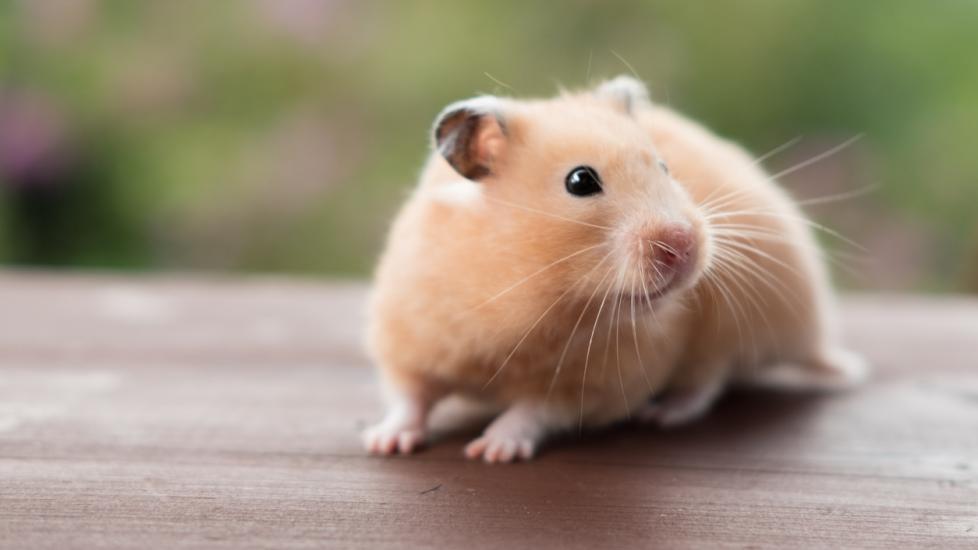The Five Most Popular Hamster Breeds
Families have enjoyed keeping hamsters as pets for decades. These furry creatures are easily recognized by their stout body, furry ears, short tail, and full cheek pouches. Hamsters are playful and intelligent, which makes them a popular choice among pet parents. They can be dwarf or standard sized, with more than 20 breeds kept as pets.
Syrian Hamster
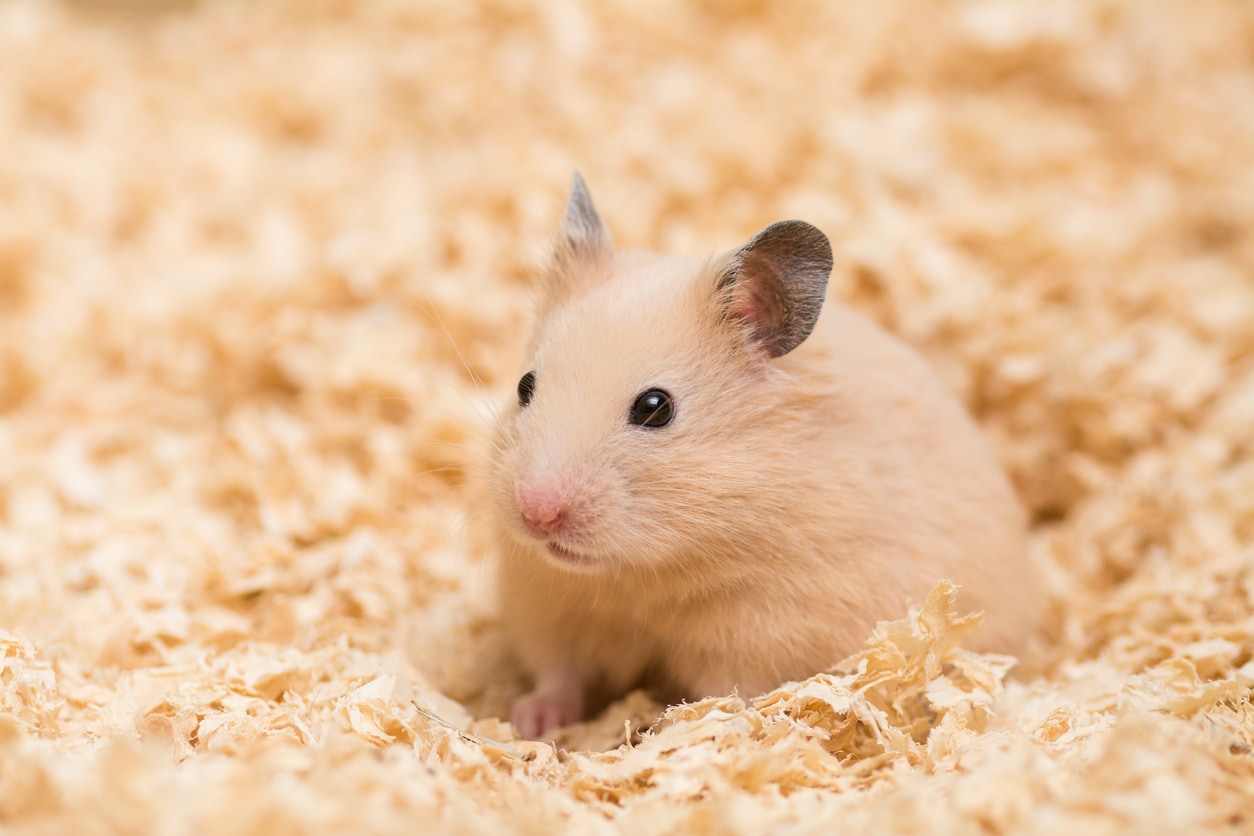
The most popular pet hamster in the United States is the Syrian hamster. This breed is also known as the Teddy Bear hamster or Golden hamster. Syrian hamsters are identified by their golden colored coat with white/cream colored belly. Other color variations include cinnamon, piebald (patches of two colors), and cream. Their fur is thick and often shorter compared to some dwarf hamster species.
A Syrian hamster’s lifespan is typically 2-3 years. They are a larger breed of pet hamster, reaching 6-7 inches in length and weighing 90-140 grams. Their larger size can make Syrian hamsters ideal for handling by parents and children. They typically are friendly to people and will warm up to your family with time and gentle contact.
Syrian hamsters are solitary and do not do well in pairs, so they are best kept alone.
Chinese Hamster
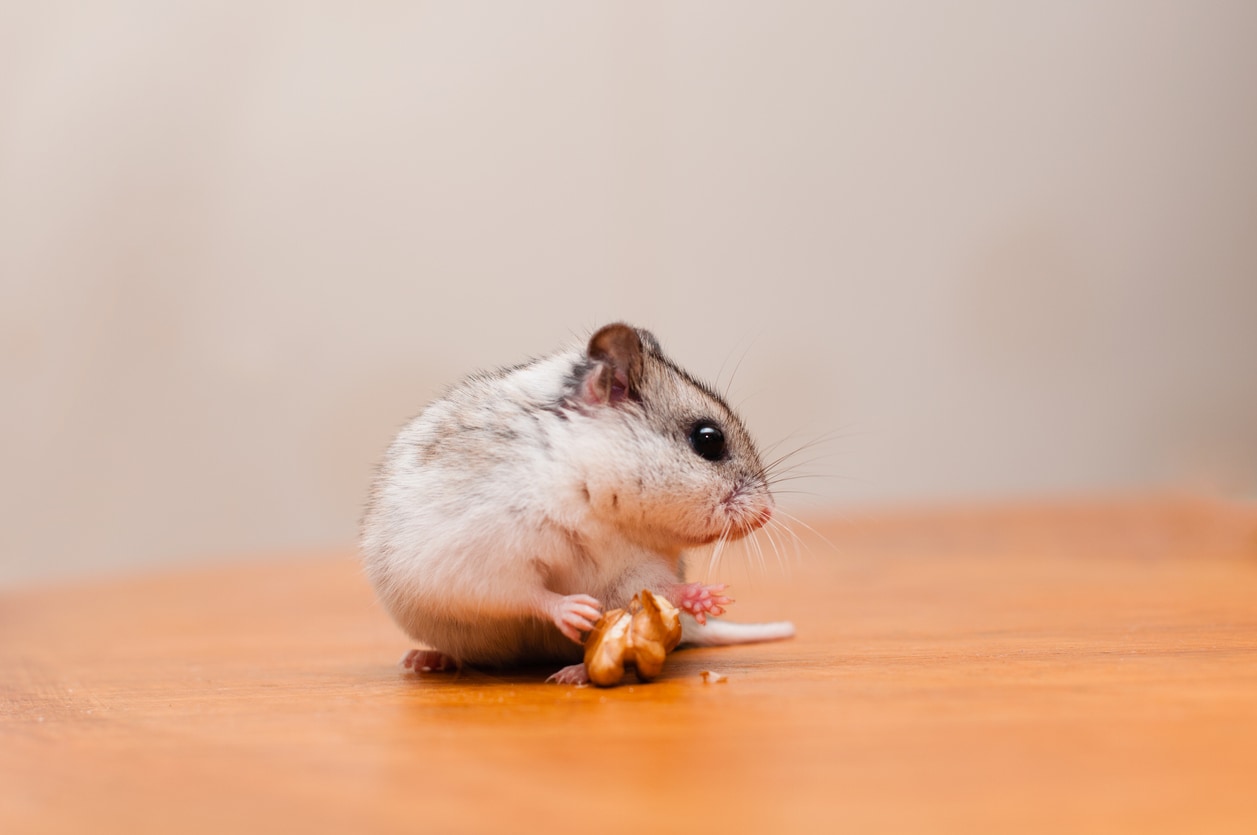
The Chinese Hamster is similar to the Syrian hamster but is recognized by a dark stripe that runs down its back, with black and grey coloring and white belly. As a mid-size hamster, Chinese hamsters can reach 4-5 inches in length and weigh 40-45 grams. A Chinese hamster’s lifespan is typically 2.5-3 years. Compared to other hamsters, this breed’s tail is longer and can reach up to one inch long.
Like the Syrian hamster, Chinese hamsters should also be housed alone and kept as a solo pet. This breed does take a little time to warm up to new owners, but once accustomed, they can be easily handled.
Winter White Russian Dwarf Hamster
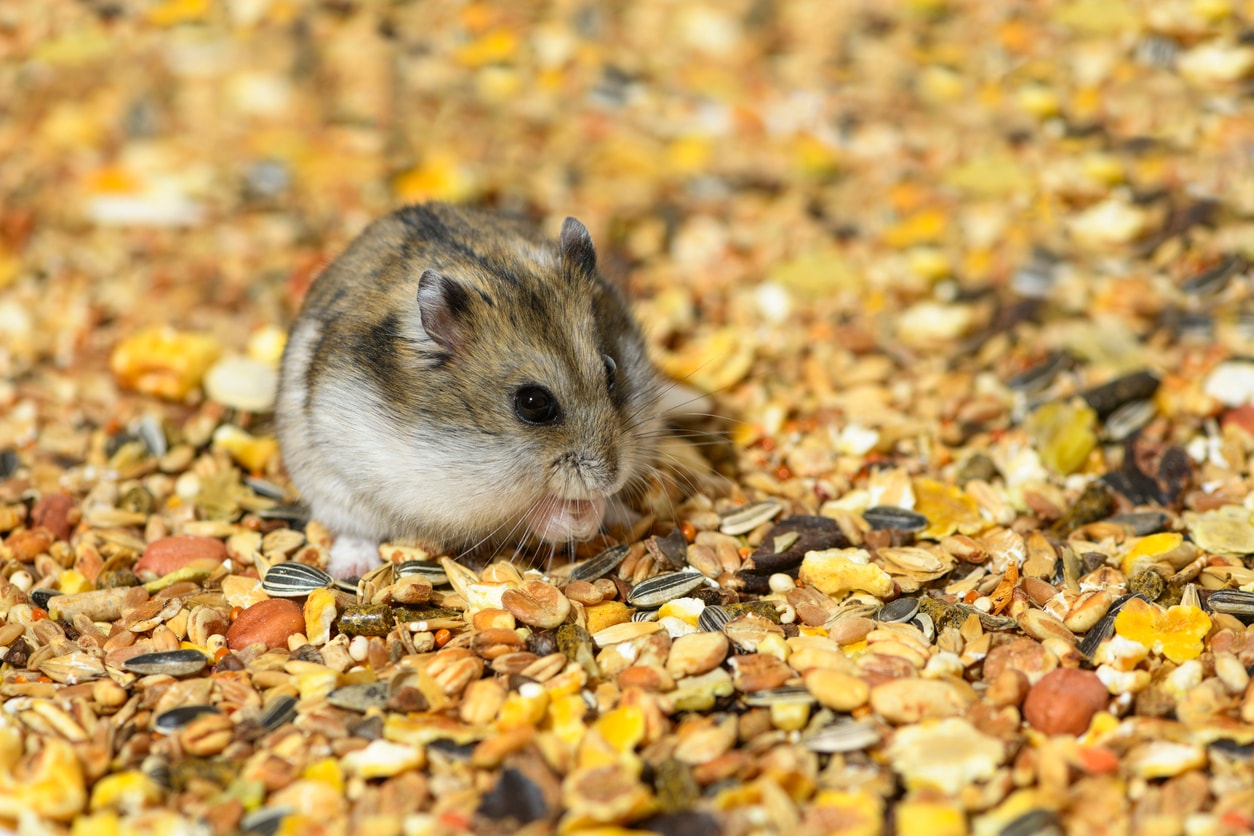
The Winter White Russian Dwarf Hamster comes from the Siberian region of Russia and is a smaller hamster. It is also known as the Djungarian hamster or striped dwarf hamster.
As a dwarf hamster, this breed typically weighs 70-90 grams and can reach 2-4 inches long. A Winter White Russian Dwarf’s lifespan is typically 1-3 years. The breed’s most distinguishing feature is a dark stripe from the head to the tail. If introduced young, these hamsters can live in pairs, though you should make sure they are the same gender to prevent unintentional breeding.
They can be a bit more nippy than Syrian hamsters, so you should be careful handling your pet at first. These hamsters may not be the best choice for young children.
Campbell’s Russian Dwarf Hamster
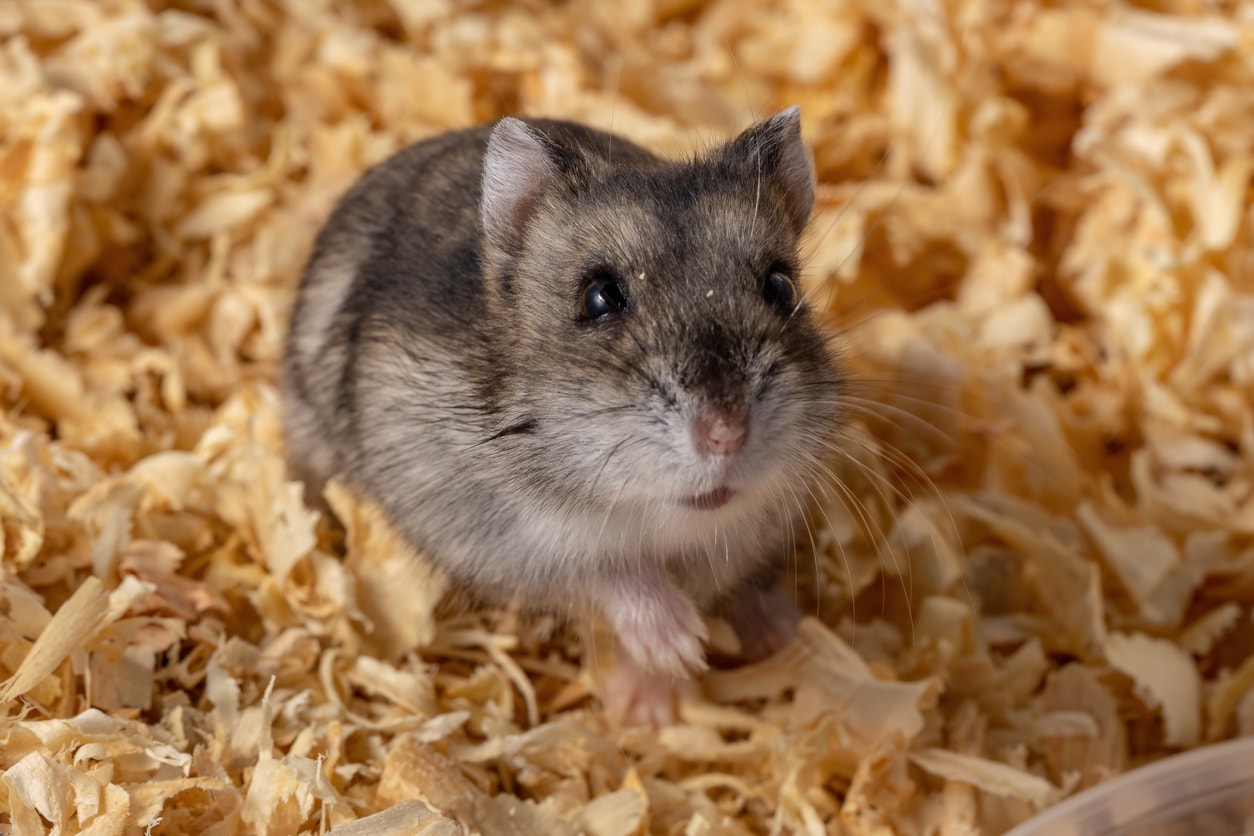
The Campbell’s Russian Dwarf Hamster is named after explorer C.W. Campbell, who was one of the first to report this species of hamster in Mongolia in 1902. This breed is similar to the Winter White Russian Dwarf hamster in that it features a stripe that runs down their back, though their stripe is generally darker and shorter. Campbell’s Russian Dwarf Hamsters have less hair on their feet, and their ears are smaller than the Winter White Russian Dwarf Hamster.
This breed can reach 2-4 inches in length and weigh 40-60 grams, with males being larger than females. Their lifespan is typically 2.5-3 years. This hamster also requires time to get to know its new family and can nip or bite until they are comfortable.
Campbell’s Russian Dwarf hamsters can live in same gender pairs if introduced at an early age.
Roborovski Dwarf Hamster
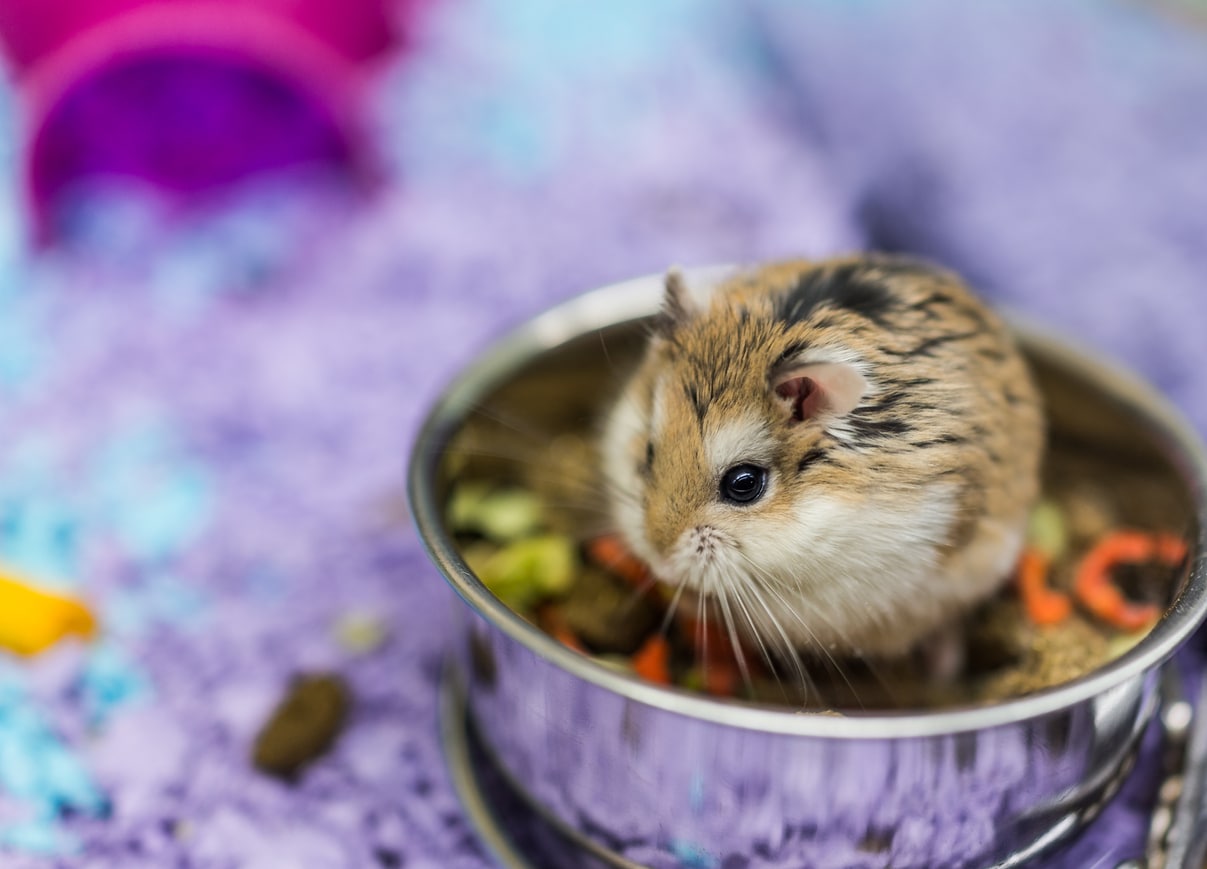
Roborovski Dwarf Hamsters, also known as Robo dwarf hamsters, are one of the smallest breeds. They typically reach 1.5-2 inches in length and weigh 20-25 grams. Like other dwarf hamsters, a Robo dwarf hamster’s lifespan is 3 years, but this breed will commonly live for up to 4 years with good care.
Robo dwarf hamster coats do not feature a stripe. Their fur color is lighter white to gray, but there are a few variations. This breed is native to the dry deserts of Central Asia and is noted for their agility and speed, often able to run miles in a day in the desert. These hamsters are easy to handle, but due to their small size and fast movements, some people find them difficult to safely hold and prefer to watch them more than snuggle with them.
Featured Image: iStock.com/liebre
